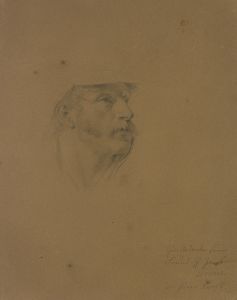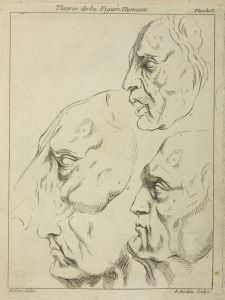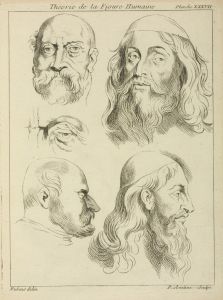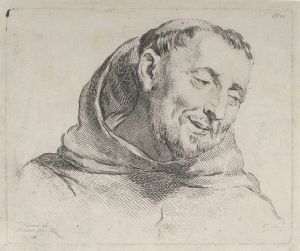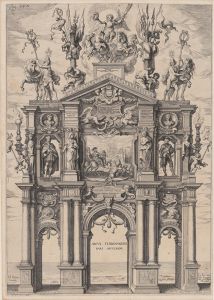
Portrait of a Young Woman
A hand-painted replica of Peter Paul Rubens’s masterpiece Portrait of a Young Woman, meticulously crafted by professional artists to capture the true essence of the original. Each piece is created with museum-quality canvas and rare mineral pigments, carefully painted by experienced artists with delicate brushstrokes and rich, layered colors to perfectly recreate the texture of the original artwork. Unlike machine-printed reproductions, this hand-painted version brings the painting to life, infused with the artist’s emotions and skill in every stroke. Whether for personal collection or home decoration, it instantly elevates the artistic atmosphere of any space.
"Portrait of a Young Woman" is a painting by the renowned Flemish artist Peter Paul Rubens, who is celebrated for his contributions to Baroque art. Rubens, born in 1577 in Siegen, was a prolific painter known for his dynamic compositions, vibrant color palette, and masterful depiction of human figures. His works often reflect the grandeur and drama characteristic of the Baroque period.
The painting "Portrait of a Young Woman" exemplifies Rubens' skill in portraiture, a genre in which he excelled alongside his more famous historical and religious compositions. This particular work captures the essence of Rubens' ability to convey the personality and status of his sitters through meticulous attention to detail and expressive brushwork.
In "Portrait of a Young Woman," Rubens employs his characteristic use of light and shadow to create a sense of depth and volume, bringing the subject to life. The young woman is depicted with a serene yet engaging expression, her gaze directed towards the viewer, which establishes a connection between the subject and the observer. This engagement is a hallmark of Rubens' portraiture, as he often sought to capture not just the physical likeness but also the inner character of his subjects.
The composition of the painting is carefully balanced, with the young woman positioned against a neutral background that accentuates her features and attire. Rubens' use of color is both subtle and sophisticated, with a palette that highlights the natural tones of the woman's skin and the rich textures of her clothing. The attention to detail in the rendering of fabrics and accessories is indicative of Rubens' keen observational skills and his ability to depict the material culture of his time.
While the identity of the young woman in the portrait remains unknown, the painting is believed to have been created during Rubens' mature period, when he was at the height of his artistic powers. During this time, Rubens was highly sought after by patrons across Europe, and his workshop in Antwerp was one of the most productive and influential of the era.
Rubens' portraits, including "Portrait of a Young Woman," are celebrated for their ability to transcend mere representation and convey a deeper sense of the sitter's presence and personality. This painting, like many of Rubens' works, reflects his mastery of the human form and his ability to infuse his subjects with vitality and emotion.
Today, "Portrait of a Young Woman" is held in high regard as an example of Rubens' exceptional talent in portraiture. It continues to be studied and admired by art historians and enthusiasts alike, who appreciate its artistic merit and the insight it provides into the cultural and social milieu of the Baroque period.





